Spain’s long-lasting empire and constant threat against warring neighbors led to the construction of a few mammoth structures that have survived into the 21st century. Castles once guarded the Spanish borders against naval threats and storming militaries and were later used as prisons against the country’s own people in some of the darkest years. These still-standing castles are feats of strength and full of history for many to see today, giving people incredible views from the top and a massive space to imagine what it was like to work and live there centuries ago.
Related article: Where to have a castle wedding in Catalonia
Table of Contents
Montjüic Castle
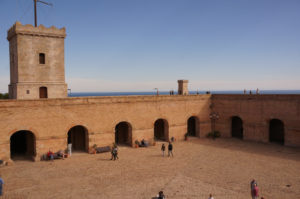


Photo by Andrew and Annemarie via Visualhunt
Via the Telefèric de Montjuïc at the base of the hill, you can go to the top of Montjüic Castle and see a spectacular view of the city from the open platforms there. Since 1640, the castle has seen its fair share of action from the Catalan Revolt of 1641 to the aftermath of the Spanish Civil War when captured opponents of Franco’s regime were jailed and shot there, including the Catalan President, Lluís Companys. It served as a major fortress for the military in both victory and defeat. The British and French armies both captured Montjuic in separate wars one hundred years apart. In 1963, the castle’s interior became the Military Armor Museum and in 2010, the whole structure was restored to its former appearance, but with parterre gardens filling in the spaces where moats once existed.
Address: Ctra. de Montjuïc, 66, 08038
Sant Ferran Castle
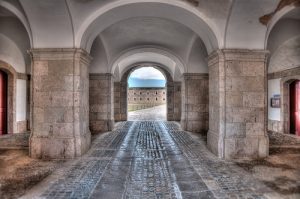


Photo by skruk via Visualhunt
Constructed in the 1750s near the city of Figueres, Sant Ferran Castle is considered to be Europe’s largest fortress. Once holding up to 4,000 troops and 500 horses, the castle was built in an asymmetrical pentagon style with a perimeter of 3,125 meters in length. It was defended by different hurdles for the invaders to go through. The best sight may be underground where the water tanks lay, which could hold up to 9 million liters of water. Castell de Sant Ferran also served as the final meeting of the Spanish Republic in 1939 before the government went into exile and Franco’s forces captured the entire region. After being converted into a prison for a short period, it was turned into a museum in the 1990s where visitors can go on guided tours around the massive complex.
Address: Pujada del Castell, S/N, 17600, Figueres, Girona
Castellet i La Gornal
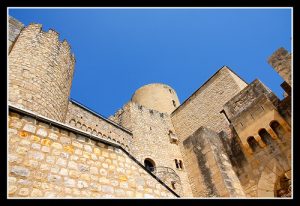


Photo by Pepe Manteca via Visualhunt
Castellet i La Gornal, constructed in the 10th century and located in Alt Penedès, is currently the headquarters of the Abertis Foundation. Along the bank of the Foix river, the castle is the entrance into the rest of the town, which once thrived because of its military use until the 16th century. From its massive watchtower, defenders could see everything come into the city from every direction, making it nearly impossible to launch a surprise attack. It would later serve as the mansion to different aristocratic families until the 19th century when it was finally abandoned. It was saved in the 1920s and later named a site of national cultural interest. The Abertis Foundation took over the site in their role of promoting the environment and enacting social change around the world while keeping the castle preserved in its original state.
Address: Cr. del Castell – Castellet – 08729
Related article: The Most Beautiful Medieval Villages in Catalonia
Spain’s surviving castles remind us what it was like to be the center of a major empire where neighbors all around threatened. Many of them have now been restored for thousands of visitors each year. Entering through the gates, we can witness surviving history and imagine an era that now only exists in the history books.
Looking for an apartment in the city? ShBarcelona can help you find the perfect one.









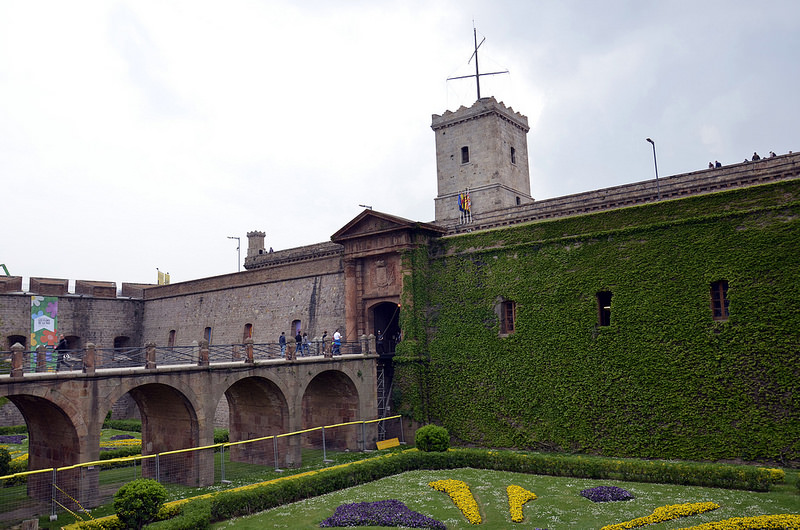




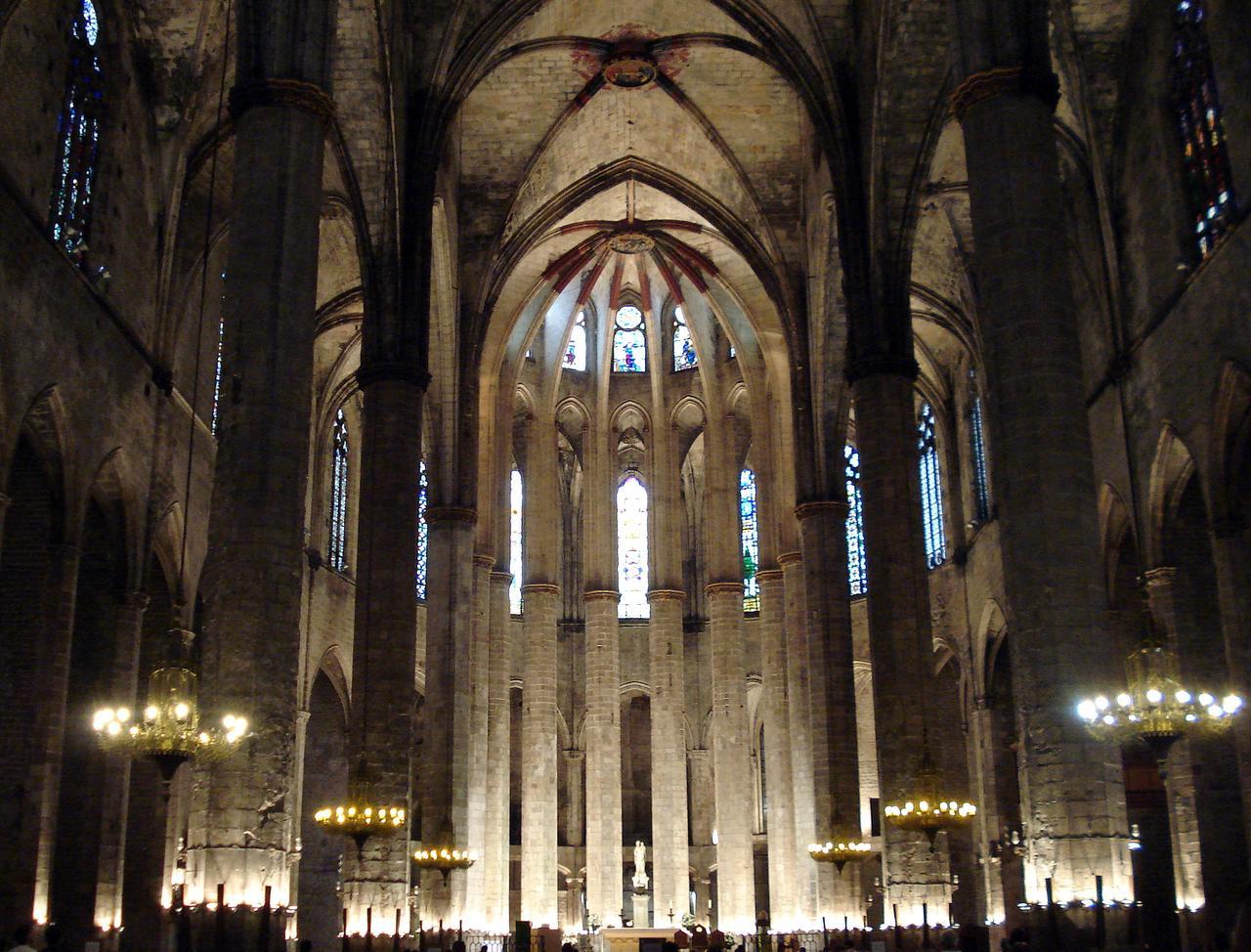





Leave a Comment